Published in 2019 by The Rosen Publishing Group, Inc.
29 East 21st Street, New York, NY 10010
Copyright 2019 by The Rosen Publishing Group, Inc.
First Edition
All rights reserved. No part of this book may be reproduced in any form without permission in writing from the publisher, except by a reviewer.
Library of Congress Cataloging-in-Publication Data
Names: Kamberg, Mary-Lane, 1948- author.
Title: Digital identity : your reputation online / Mary-Lane Kamberg.
Description: First edition. | New York : Rosen Publishing, 2019 | Series: Digital citizenship and you | Includes bibliographical references and index. | Audience: Grades 7-12.
Identifiers: LCCN 2018021555| ISBN 9781508184607 (library bound) | ISBN 9781508184591 (pbk.)
Subjects: LCSH: Internet and teenagersJuvenile literature. | PrivacyJuvenile literature. | Data protectionJuvenile literature. | Online etiquetteJuvenile literature. | Online identities Juvenile literature.
Classification: LCC HQ799.2.I5 .K36 2019 | DDC 004.67/80835 dc23
LC record available at https://lccn.loc.gov/2018021555 Manufactured in the United States of America
CONTENTS
chapter one
WHO ARE YOU?
chapter two
UNDER CONSTRUCTION
chapter three
ARE YOU WHO YOU SAY YOU ARE?
chapter four
COMING SOON
chapter five
WHAT CAN YOU DO?
INTRODUCTION
F uture employers, advertisers, politicians, and cyber criminals want you! And they want to know as much personal information about you as possible. They may want to decide whether to hire you, get you to buy their products, vote for them, or use your identity for fraud and other illegal purposes. An enormous amount of data about you is remarkably easy to find online. Some you may want to share. Other information youd rather keep private.
Global digital citizens live in an interconnected, virtual world where privacy seems increasingly outdated as a concept. In terms of online identity, much of what they do, like, buy, and browse is easily discoverable. The incentives to get that data, analyze it, and use it for various purposes are powerful.
The global market for personal identification information totaled $8.7 billion (USD) in 2016, according to a market report by Smithers Pira, a consulting and testing company. The report predicts the value of the identification market to grow to $9.7 billion by 2021, with more than 60 percent of the demand centered in Asia. A different forecast from Research and Markets predicts such growth to increase to $14.8 billion in the same time period.
Not everyone who wants your information has entirely negative intentions. However, if identity thieves get hold of it, they can damage your reputation, steal your money, commit crimes in your name, and more. Thats why creating and managing your digital identity are so important. You need to ensure that your social network communication and other online activities are positive and safe.
Digital citizens must learn how to manage their personal information and maintain as much privacy and security as possible. It is imperative they learn the elements of their digital identities and why safeguarding these is important. They should also become familiar with various federal and state laws and regulations intended to protect them.

Logging in online takes you into a worldwide community. Like any community, the internet requires its members to take safety measures to protect themselves.
Your own actions contribute to your online data, so you can affect what others who search for you see. You can create an accurate, positive portrayal of yourself, as well as your experiences, attitudes, and personality. You can also remove negative and inaccurate information. However, you can never be entirely sure that anything you delete is actually or permanently erased. There is a common understanding that whatever is on the web, forever stays on the web, in one form or another. Still you can do your best to remove digital dirt.
Corporations, governments, and others are constantly rolling out new security features for users and clientsones that will hopefully prevent bad actors from impersonating people to gain access to their finances and other sensitive data and information. These methods include multiple authentication processes, the use of measurements of physical traits, and other techniques.
Finally, youll learn steps you can take (and avoid) to keep your identity safe. These include common-sense measures that do not require much technical expertise. Nevertheless, learning about how information gathering works can help you protect yourself that much more effectively.
W ho are you? Of course, you have a name and birth date. Some piece of identification you bear probably lists your hair color, height, and weight. You have a medical history and other identifiers, including your membership in a family, community, and school. Maybe you play basketball, video games, or the saxophone. In short, you have lots of identifiers that tell people who you are.
Identity plays a major role in everyones everyday life, including ones participation in various activities. Sometimes you must prove who you are and what qualifications you have. If a police officer stops you for speeding, youll have to show your drivers license. If you belong to a fitness center, youll have to show a membership card. And if you want to enter a foreign country, youll have to show a passport.
To obtain documents, applicants need to be able to prove their identity. For example, only applicants who are the legal age can get a drivers license. To get a passport, a citizen must show proof of that citizenship.

Digital citizens must think of their digital security as something to protect, like they would a wallet full of money, credit and debit cards, and other valuable items.
WHAT IS DIGITAL IDENTITY?
The same is true online. Anyone who has ever connected to the internet has some kind of digital identity, however limited. It is the sum of information about an individual that is available online. It is often connected to ones email address and any URLs or domain names used, and may include such data as first and last name, residential address, email address, telephone number, and Social Security number. But thats not all.
An online identity is slowly but automatically created by online activities, including such information as which websites one visits, games one plays, and ones online purchases, banking transactions, and usernames and passwords.
Digital identity also consists of things internet users reveal about themselves and what others say about them on social media. The more information available about you, the stronger your digital identity. And the more you do online, the more data that is out there for parties to vacuum up. Individuals have digital identities. So do organizations, businesses, and even electronic devices.

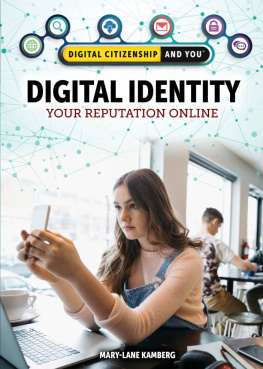



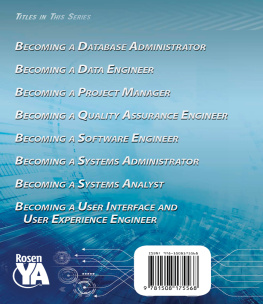


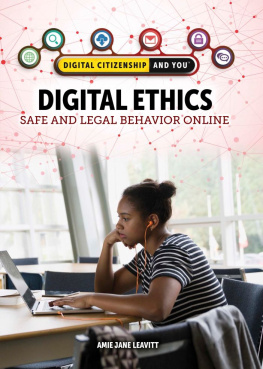
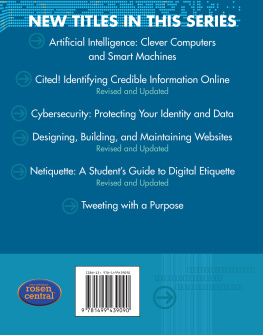


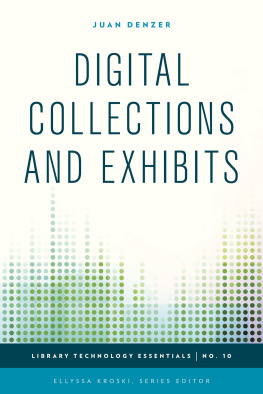


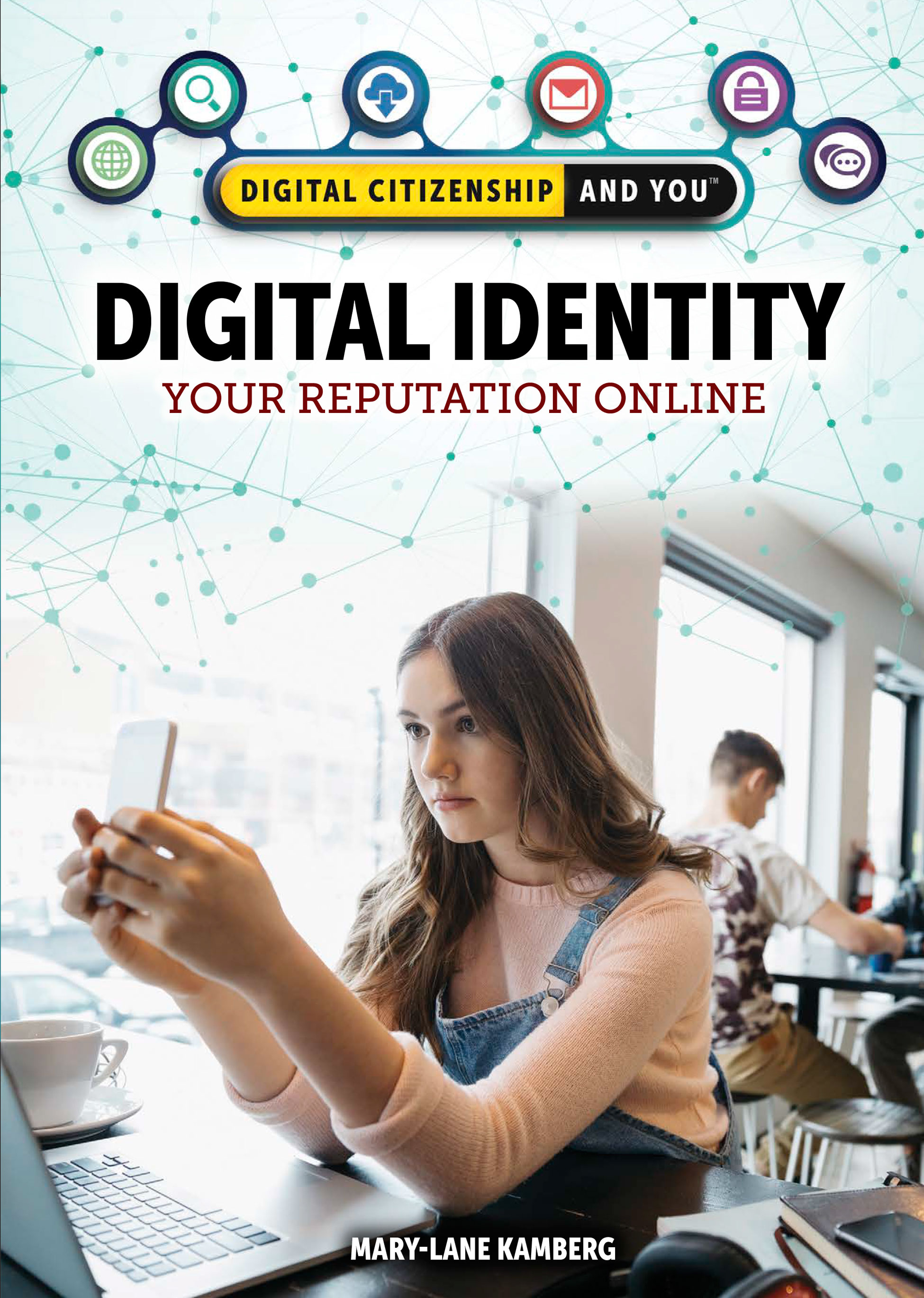
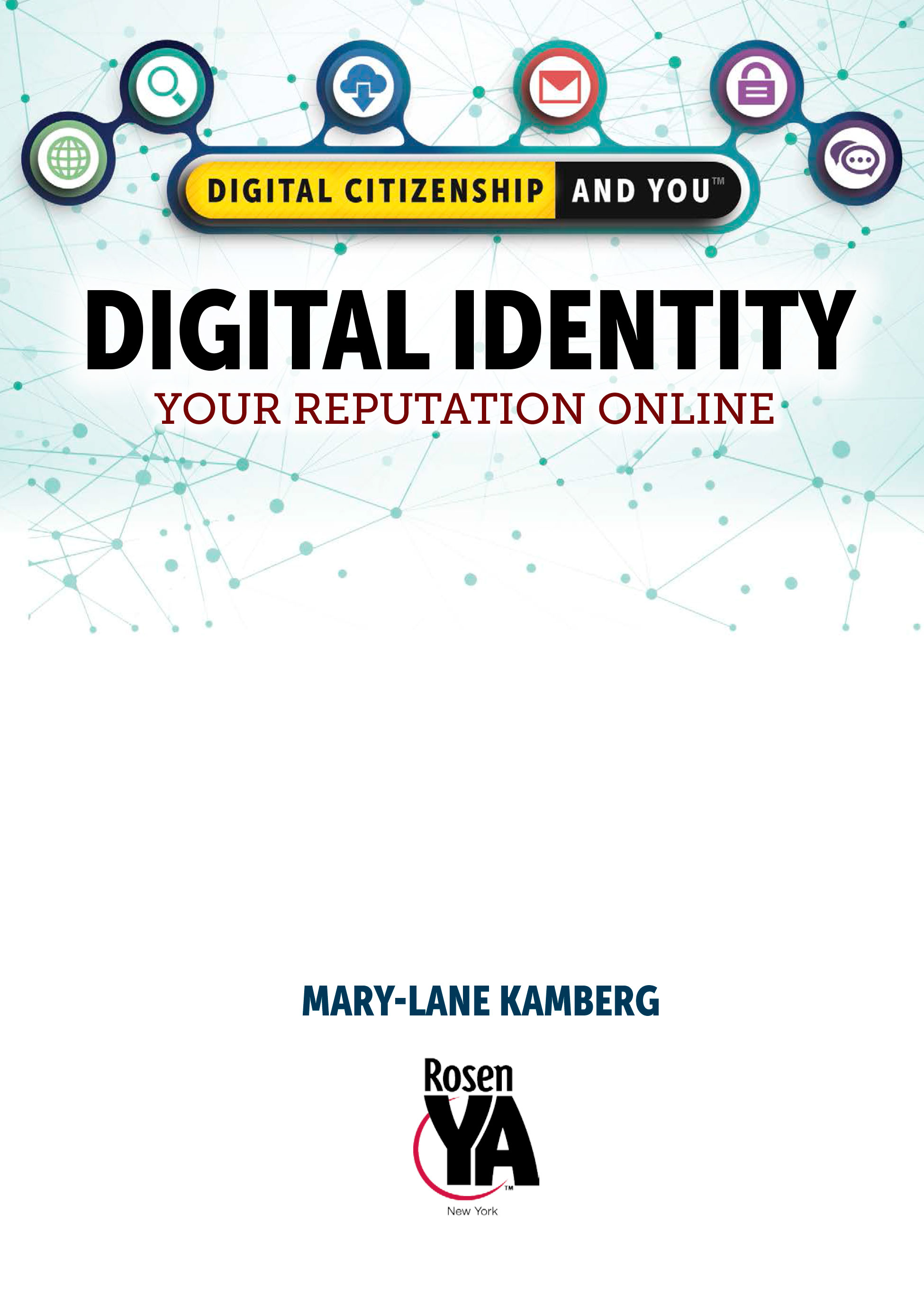

.jpg)
